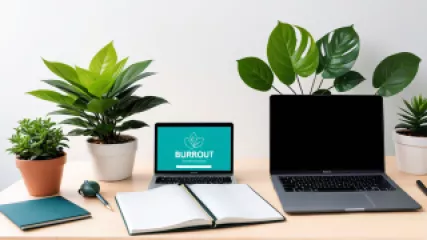How can you implement an effective internet addiction intervention?
for 1 år siden
Internetafhængighed
Learning from Fiction: A Novel Approach to Internet Addiction Therapy
for 1 år siden
Internetafhængighed
Unlocking the Benefits of Daydreaming for Relaxation
for 1 år siden
Fordele ved Dagdrømmeri
Top 10 Strategies for Building Resilience While Waiting
for 1 år siden
Ventens Psykologi
Surviving the Storm: My Journey Through an Emotional Crisis
for 1 år siden
Håndtering af Personlige Kriser
Top 10 Ways to Reduce Stress and Anxiety
for 1 år siden
Stress vs Angst
Understanding the Significance of Setting Personal Space Boundaries
for 1 år siden
Personligt Rums Betydning
5 Surprising Online Therapy Benefits Learned from Popular Movies
for 1 år siden
Fordele ved Jævnaldrende Støtte
The Surprising Benefits of Mindfulness in a Fast-Paced World
for 1 år siden
Mindfulness
Combating Burnout: A Research-Backed Approach
for 1 år siden
Forebyggelse af Udmattelse
12 Powerful Self-Compassion Techniques to Embrace Yourself
for 1 år siden
Selvmedfølelsesteknikker
What Are the Best Online Support Groups for Internet Addiction?
for 1 år siden
Internetafhængighed
Expert Insights: Preventing Burnout with Mindfulness Exercises
for 1 år siden
Forebyggelse af Udmattelse
What are the Best Crisis Intervention Services for Managing a Personal Crisis?
for 1 år siden
Håndtering af Personlige Kriser
What is the Difference Between Stress and Anxiety?
for 1 år siden
Stress vs Angst















